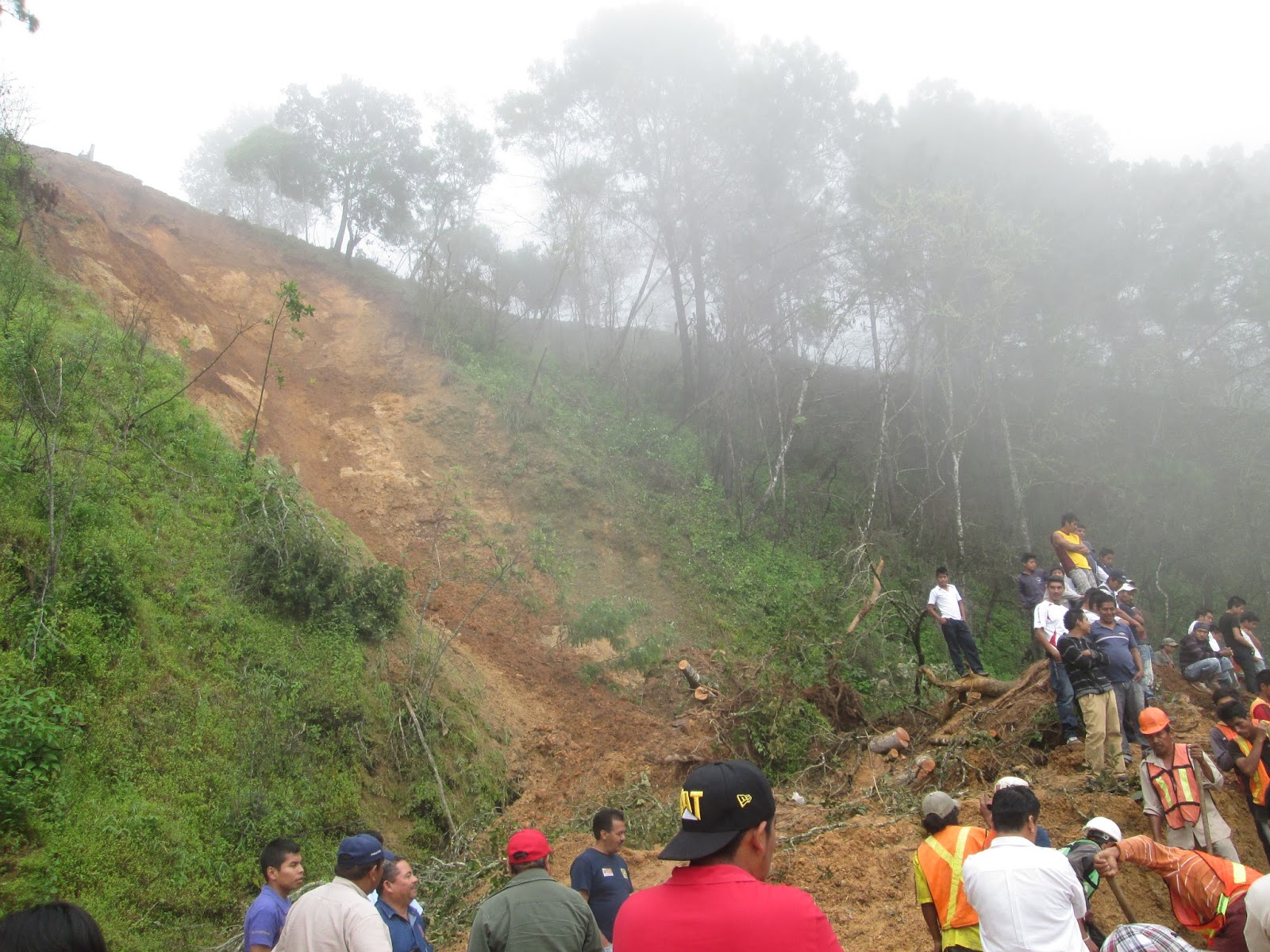It's been a really difficult year. I usually fantasize about the Sierra summer backpacking season all damn winter, but the months of obsessing just didn't seem healthy this time around. I wanted to get out there NOW, even if I had to risk snow-dusted equipment and the baffled looks of friends.
When things get tough, for me it always feels good to get outside and move around. But the conditions this time of year can be pretty challenging. Like what do you do when the temperature's below freezing and liquid turns to slush in your water bottle? How about when your boots freeze into rigid blocks and you can't get your feet back inside them?
And lo and behold, I discovered that the local Sierra Club organizes snow camping trainings for fools like me. I could meet other deprived backpackers who didn't mind trudging through high altitude snowdrifts in search of their nature fix. Obsession solved.
After the last few years of sola adventures, I was a bit skeptical about joining a big group outing, but the weather was kind and my fellow snowshoers (unsurprisingly, mostly fellows) were a friendly group of outdoorsy folks who were psyched to learn about survival tips like digging snow trenches (below) and the intricacies of
Leave No Trace in winter. My comrades-in-cold also delighted in finding animal tracks in the crusty snow, a trait I always find endearing.
Everything was hunky dory during the day, but after sunset I began fondling the brandy flask, popping hand warmers into my gloves and worrying about the circulation in my frigid toes. Sure, the temperature skirted the low 20s and I was socializing in a snowfield, so numb extremities were no surprise. I finally tore myself away from gazing at a ceiling of stars and dove inside my down bag, where I spooned Nalgene bottles filled with hot water. Unfortunately, it was still damn cold. Every hour or so, I tried to calculate how much heat I'd lose by unzippping to don more clothes, which didn't add up to the most restful night.
So next time I'll wear more clothes to bed. And definitely skip the summer hiking boots. But this all-season mountain thing may be a game-changer. We'll see.














